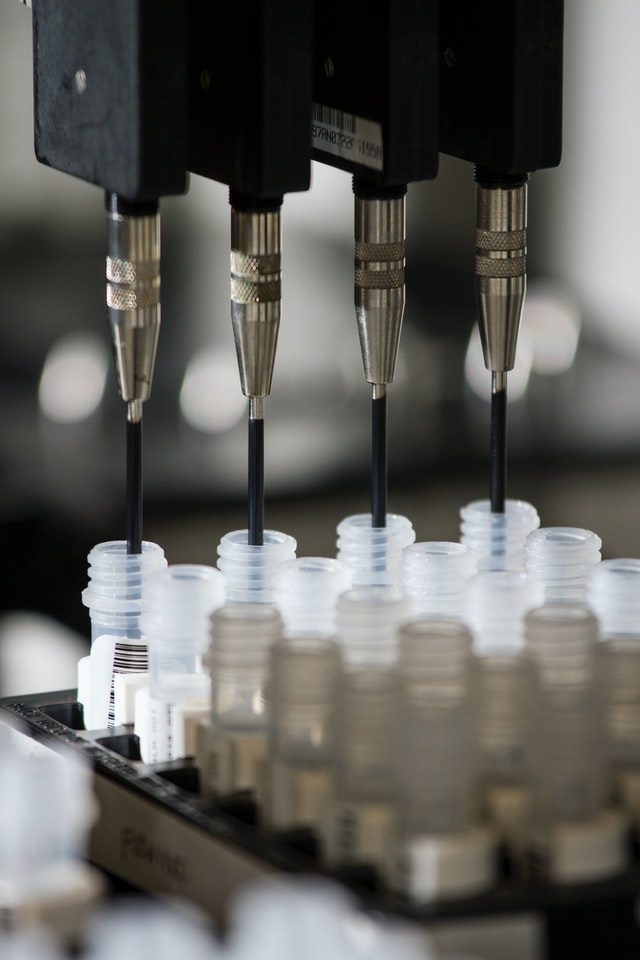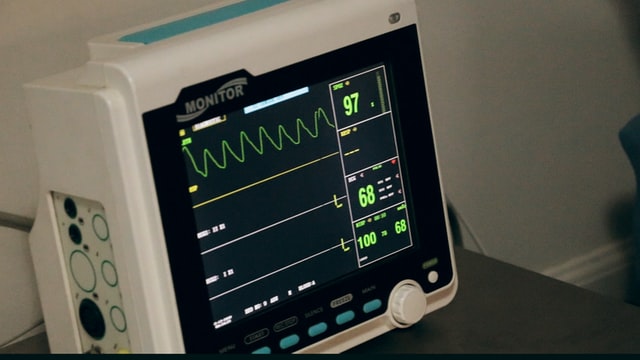Scientific research on the connection of heart & gum disease
High-risk periodontal pathogens contribute to the pathogenesis of atherosclerosis
Periodontal disease (PD) is generated by microorganisms. These microbes can enter the general circulation causing a bacteraemia. The result can be adverse systemic effects, which could promote conditions such as cardiovascular disease. Level A evidence supports that PD is independently associated with arterial disease.
PD is a common chronic condition affecting the majority of Americans 30 years of age and older. Atherosclerosis remains the largest cause of death and disability. Studies indicate that the adverse cardiovascular effects from PD are due to a few putative or high-risk bacteria: Aggregatibacter actinomycetemcomitans, Porphyromonas gingivalis, Tannerella forsythia, Treponema denticola or Fusobacterium nucleatum. There are three accepted essential elements in the pathogenesis of atherosclerosis: lipoprotein serum concentration, endothelial permeability and binding of lipoproteins in the arterial intima. There is scientific evidence that PD caused by the high-risk pathogens can influence the pathogenesis triad in an adverse manner. With this appreciation, it is reasonable to state PD, due to high-risk pathogens, is a contributory cause of atherosclerosis. Distinguishing this type of PD as causal provides a significant opportunity to reduce arterial disease.
Continue reading



